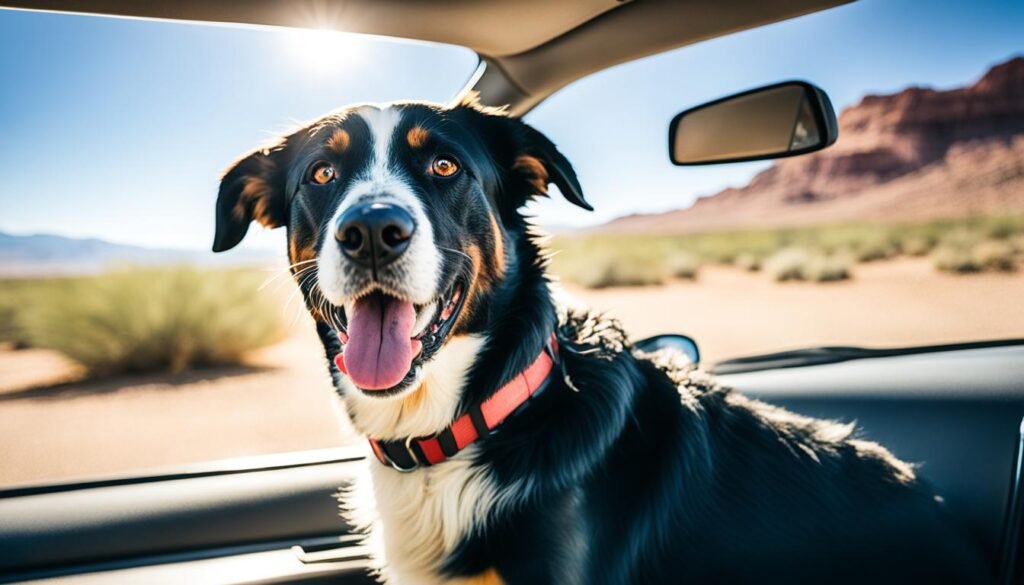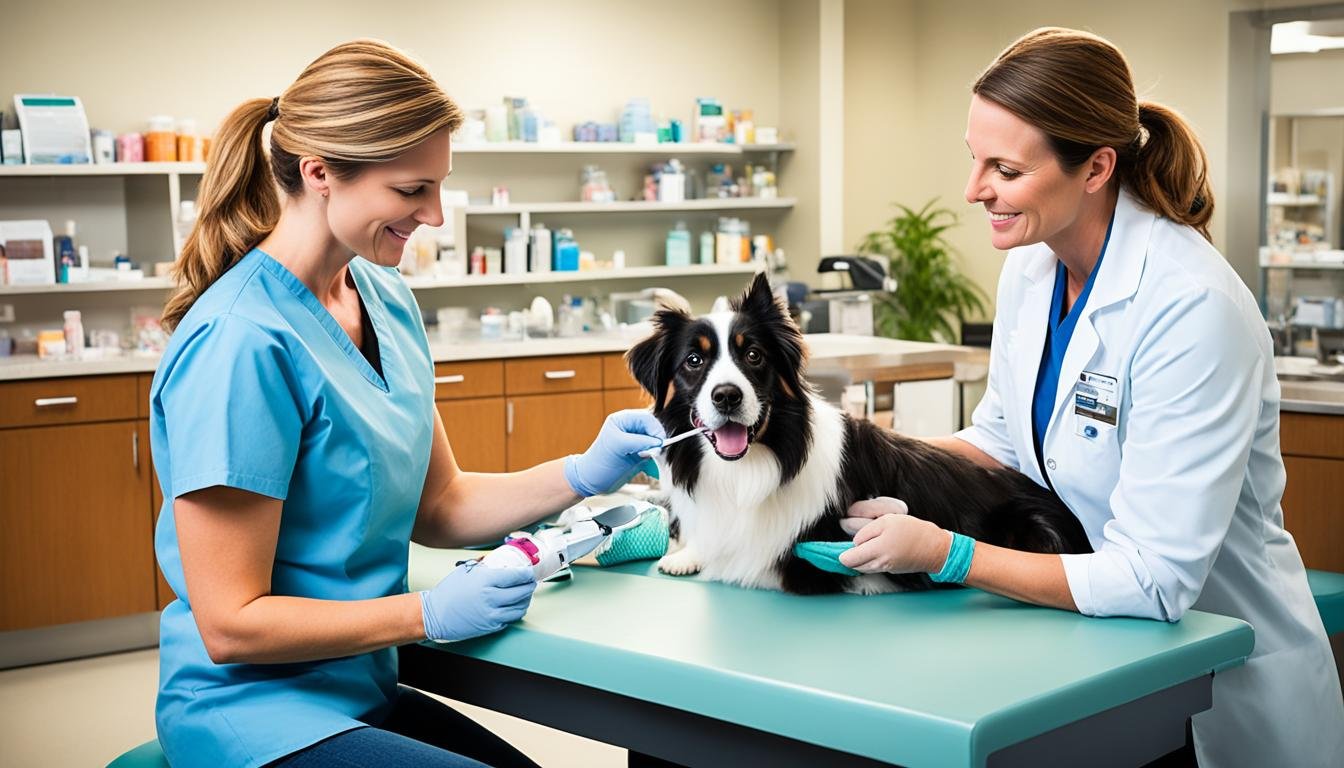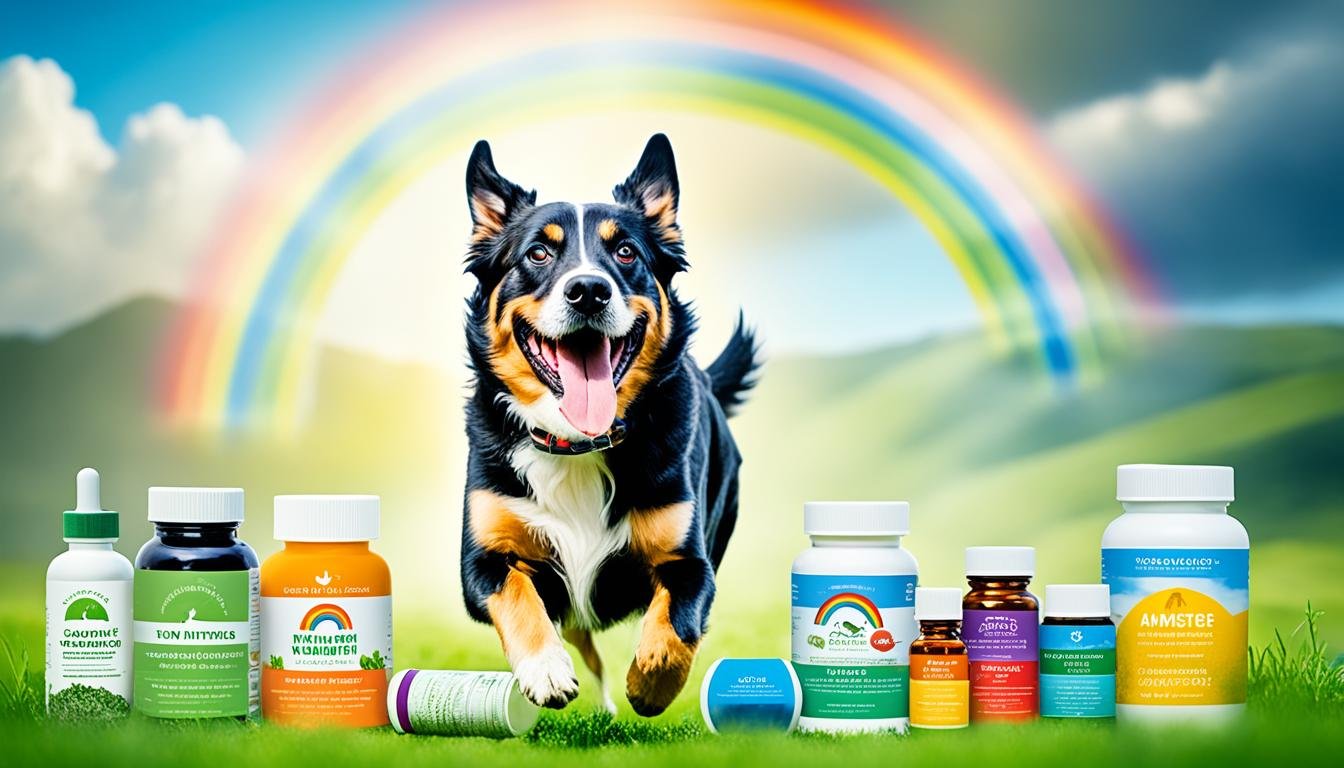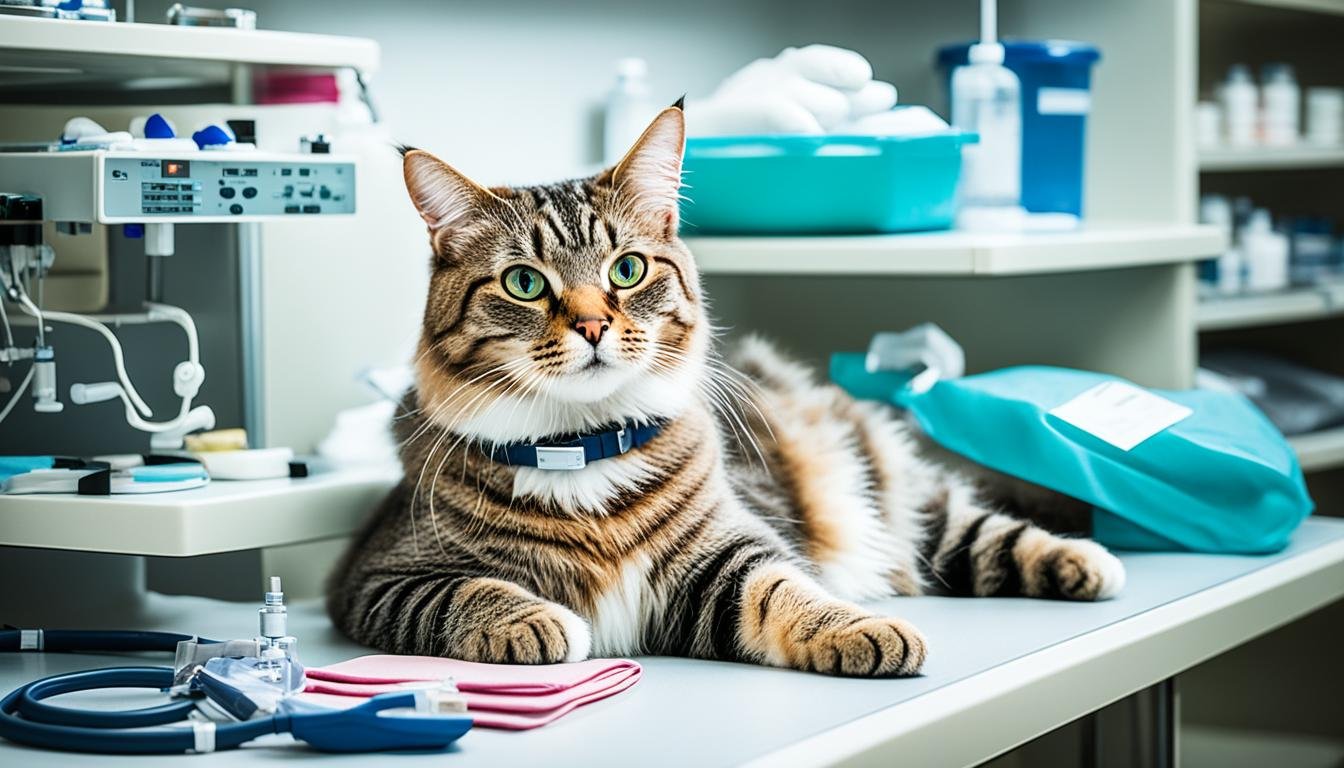
As the summer months approach, it’s crucial to ensure the safety and well-being of our beloved pets. Heatstroke in pets can be a serious and potentially fatal condition, but with the right precautions, it can be prevented. In this article, we will provide you with essential tips on pet heatstroke prevention, how to recognize the signs of heatstroke in pets, and the dangers of leaving animals in hot cars. We will also share valuable summer safety tips to help you keep your furry friends cool and protected during the hot weather.
Understanding Heatstroke in Pets
Heatstroke can be a serious and potentially life-threatening condition for our beloved furry friends. Understanding the symptoms and risks associated with heatstroke in cats and dogs is crucial for their well-being during the summer months. By recognizing the signs early on and taking preventive measures, we can help keep our pets safe and cool.
Heatstroke Symptoms in Cats and Dogs
Heatstroke symptoms can vary between cats and dogs, but shared signs of heat exhaustion or heatstroke may include:
- Rapid panting and excessive drooling
- Difficulty breathing and increased heart rate
- Weakness, lethargy, and confusion
- Vomiting or diarrhea
- Dark urine or reduced urination
- Collapsing or seizures
If you notice any of these symptoms in your pet, it’s important to act quickly.
Preventing Heatstroke in Dogs and Other Animals
Prevention is key when it comes to heatstroke in pets. Here are some essential tips to help keep your furry companions cool and prevent heat exhaustion:
- Provide constant access to fresh water in shaded areas.
- Avoid exercising pets during the hottest parts of the day; opt for early morning or late evening walks instead.
- Never leave your pet in a parked car, as temperatures inside can rise rapidly and become life-threatening within minutes.
- Ensure proper ventilation and airflow in pet enclosures or crates.
- Create a cool environment indoors by using fans, air conditioning, or cooling mats.
- Monitor your pet’s behavior closely and look for any signs of distress or discomfort.
By following these preventive measures, you can significantly reduce the risk of heatstroke in your pets and help them enjoy a safe and comfortable summer.
Tips for Keeping Pets Cool in Summer
Summer can be a challenging time for our furry friends, as they can easily become overheated. To ensure their well-being during the hot months, here are some practical tips to keep your pets cool and comfortable.
Provide Ample Shade
One of the most important things you can do to keep your pets cool in the summer is to provide ample shade. Whether it’s a covered outdoor area or strategically placed umbrellas, shade allows them to escape direct sunlight and helps regulate their body temperature. Make sure they have access to shaded spots both indoors and outdoors throughout the day.
Use Cooling Products
Using cooling products specifically designed for pets can provide additional relief from the heat. These products include cooling mats, cooling vests, and bandanas that help lower their body temperature. Simply activate these products by soaking them in cool water or refrigerating them, and let your pets enjoy the refreshing sensation.
Here are some examples of cooling products for pets:
| Product | Description |
|---|---|
| Cooling Mat | A mat filled with cooling gel that provides a cool surface for your pet to lie on. |
| Cooling Vest | A vest with built-in cooling technology that helps regulate your pet’s body temperature. |
| Cooling Bandana | A bandana that can be soaked in water and tied around your pet’s neck to keep them cool. |
Keep Fresh Water Available
It’s essential to ensure your pets have access to fresh water at all times. Keep their water bowls filled with cool water and consider using a large water dispenser to prevent it from running out quickly. Adding ice cubes to their water bowl can also help keep the water cool for longer periods.
Adjust Exercise Routines
During hot weather, it’s important to adjust your pets’ exercise routines to prevent overheating. Avoid strenuous activities during the hottest parts of the day and opt for early morning or late evening walks when temperatures are cooler. Additionally, be mindful of hot pavement or surfaces that can burn their paws, so try to walk them on grass or use protective booties.
By following these tips, you can help keep your pets cool and protected during the summer. Remember to be attentive to their behavior and watch for signs of overheating, such as excessive panting, weakness, or drooling. If you notice any concerning symptoms, seek veterinary care immediately.
Investing in their comfort and well-being will ensure they stay happy and healthy throughout the summer season.
Dangers of Leaving Pets in Hot Cars
Leaving pets in hot cars can have severe consequences and pose significant risks to their health and well-being. The inside of a vehicle can quickly become a dangerous environment for pets, even on moderately warm days.
When temperatures rise, the inside of a parked car can reach scorching levels within minutes. To illustrate the dangers, let’s take a closer look at the rapid rise in temperature inside a vehicle:
| Outside Temperature | Temperature Inside Car After 10 Minutes | Temperature Inside Car After 30 Minutes |
|---|---|---|
| 70°F (21°C) | 89.6°F (32°C) | 104°F (40°C) |
| 80°F (26°C) | 99.2°F (37°C) | 114.8°F (46°C) |
| 90°F (32°C) | 109.4°F (43°C) | 124.4°F (51°C) |
As you can see, leaving a pet in a hot car, even for a short period, can lead to heatstroke, organ failure, and even death. Dogs are particularly vulnerable to heat, as they struggle to regulate their body temperature efficiently compared to humans.
If you come across a pet trapped in a hot car, it’s crucial to take immediate action. Here are some steps you can take to help:
- Assess the situation: Check if the pet appears to be in distress or shows signs of heatstroke.
- Alert authorities: Call the local animal control or law enforcement to report the incident.
- Document the situation: Take photographs or videos as evidence of the pet’s dangerous condition.
- Stay with the vehicle: While waiting for help to arrive, monitor the pet’s condition and provide assistance if possible.
Remember, leaving pets in hot cars is not only cruel but also illegal in many jurisdictions. It’s essential to raise awareness about the dangers of this practice and encourage responsible pet ownership to ensure the safety and well-being of our beloved companions.

Additional Summer Safety Tips for Pets
As the temperature rises, it’s important to take extra care of our beloved pets. Here are some additional summer safety tips to keep your furry friends happy and healthy during the hot months.
Firstly, protect their paws from hot surfaces. Asphalt and concrete can become scorching hot and potentially burn your pet’s delicate paw pads. Avoid walking them on these surfaces during the hottest parts of the day. Opt for early morning or late evening walks when the ground is cooler, or consider using pet booties to provide additional protection.
Secondly, make sure to limit their exposure to excessive sun. Just like humans, pets can suffer from sunburn and skin damage. Provide shaded areas in your backyard or use umbrellas and canopies to create a cool retreat. You can also buy specially formulated pet-safe sunscreen to apply on sensitive areas such as the nose, ears, and belly.
Lastly, during heatwaves, create a comfortable indoor environment for your pets. Keep the air conditioning on or use fans to circulate the air. Ensure they have access to fresh water at all times and consider placing ice cubes in their water bowl to keep it cool. If you don’t have air conditioning, create a designated cool spot with a damp towel or a cooling mat where they can relax and cool down.
FAQ
How can I prevent heatstroke in my pet?
What are the signs of heatstroke in pets?
How can I keep my pets cool in the summer?
Why is leaving pets in hot cars dangerous?
Any additional summer safety tips for pets?
RELATED POSTS
View all


